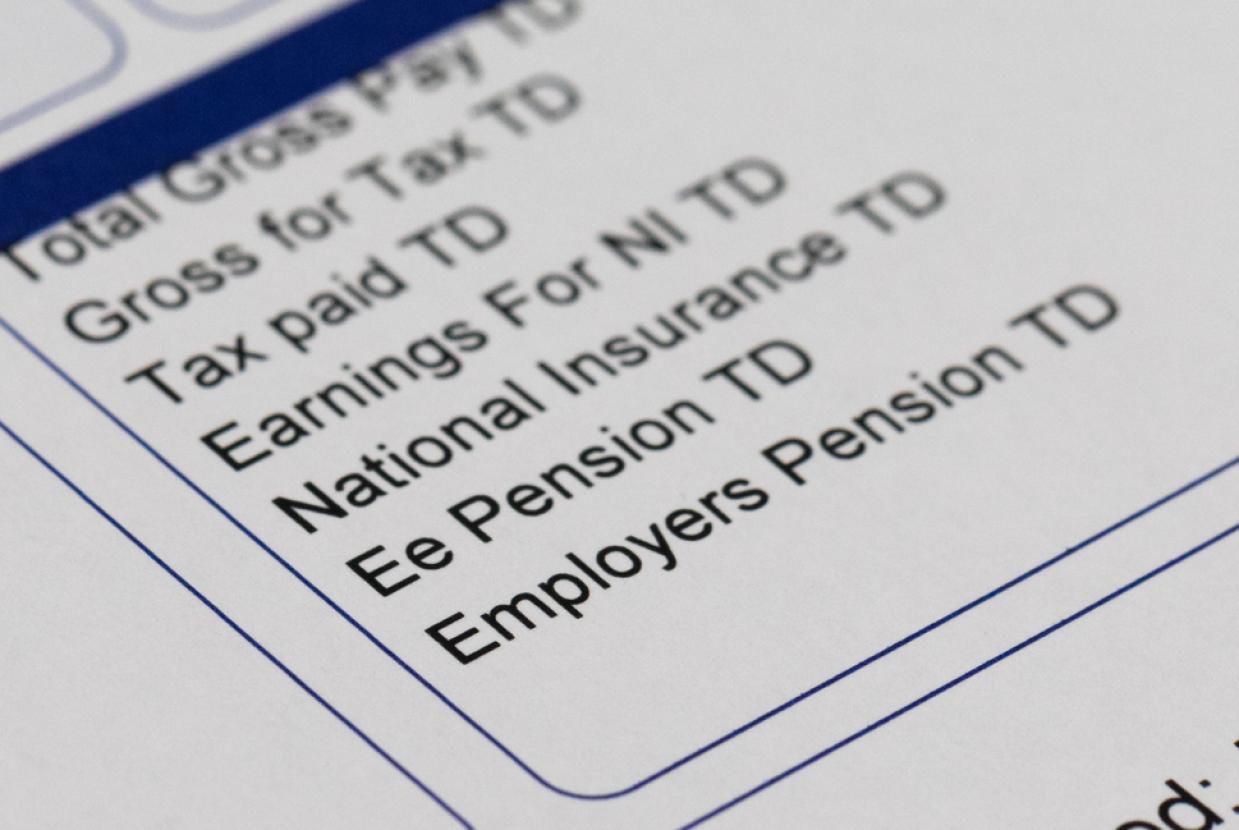Maternity Leave & Pay
Having a baby can be an exciting and scary time all at once. We know you need to think about your finances and make sure you get the support you’re entitled to.
Our guides (click here to view) cover all the money basics you need to know when you’re having a baby – from how to budget for your new addition or paying for childcare, to what your rights are when it comes to maternity and paternity pay and when you return to work.
To help you take time off work before and after your baby is born, you qualify for maternity leave and maternity pay. Find out more about what you’re entitled to.
What is Statutory Maternity Leave?
When you’re having a baby, you’re entitled to a year of Statutory Maternity Leave - no matter how long you’ve been in your job.
But while you’re entitled to 52 weeks off work, you’ll only get maternity pay for 39 of them if you’re eligible.
When does it start?
The earliest your paid maternity leave can start is the 11th week before your baby is due. If your baby is born early, your leave starts the day after the birth.
You don’t have to take the 52 weeks you’re entitled to, but you must take at least two weeks off work following the birth.
Ordinary Maternity Leave, Additional Maternity Leave and Shared Parental Leave
New eligible parents in England, Wales, Scotland and Northern Ireland can use Shared Parental Leave
Your maternity leave is made up of two different parts:
- Ordinary Maternity Leave: this is the first six months – or 26 weeks. If you return to work during this period, you have the right to return to exactly the same job that you had before you took maternity leave.
- Additional Maternity Leave: this is the second six months and affects what rights you have when you go back to work. If you take more than six months’ leave, you have the right to return to the same job unless it’s no longer available. In this case, you must be given a similar job with the same pay and conditions.
Your rights on maternity leave
While you’re on maternity leave, you’ll still be entitled to all the employee rights you normally get from work – for example:
- paid holiday
- protection from unfair dismissal
- pension payments and rights during your period of Statutory Maternity Pay payment
- any other employee benefits – for example, gym membership and medical insurance – for your whole maternity leave period.
What is Statutory Maternity Pay?
Statutory Maternity Pay is the legal minimum your employer normally has to pay you while you’re on maternity leave.
You’ll get Statutory Maternity Pay if you:
- earn at least £120 a week on average.
- have worked for your employer for 26 weeks when you reach the 15th week before your due date.
- If you’re self-employed – or don’t qualify for Statutory Maternity Pay – you might be able to get Maternity Allowance.
How much Statutory Maternity Pay will I get?
The amount of maternity pay you get changes during your maternity leave. After 39 weeks, your employer doesn’t have to pay you anything.
Some employers offer more generous maternity benefits than Statutory Maternity Pay. Just be aware that if you decide not to return to work after 52 weeks, you might have to pay back any extra.
But you’ll get to keep the rest. So even if you’re not sure about returning, it’s still worth claiming.
If you want to find out how much maternity leave you’re entitled to, it should be in your contract or talk to your boss or HR department.
Occupational Maternity Pay
Some employers might offer you occupational maternity pay, sometimes known as Contractual Maternity Pay. This will be more than Statutory Maternity Pay.
If you don’t return to work after the pregnancy, you might have to repay what you were paid over the Statutory Maternity Pay.
To find out what you might be entitled to, you’ll need to check your employment terms and conditions.
Statutory Maternity Pay if you’re an agency worker
Agency workers can get Statutory Maternity Pay if they meet the qualifying conditions. You must:
- have been employed by the same agency for 26 weeks when you reach the 15th week before your due date
- work for the agency in all or part of your 15th week before your due date
- have earned an average of at least £120 a week for the previous two months.
Shared Parental Leave and Pay
New eligible parents can share up to 50 weeks’ parental leave and 37 weeks’ pay with their partner.
If you’re eligible, you can even take the leave in up to three separate blocks instead of taking it all in one go.
You must give your employer binding notice to end your maternity leave for either you or your partner to be eligible for Shared Parental Leave.
You must also end any maternity pay or Maternity Allowance – even if you don’t get maternity leave.
Are you eligible for Statutory Shared Parental Leave?
To be eligible for Shared Parental Leave, you must be eligible for one of the following:
- maternity pay or leave
- adoption pay or leave
- Maternity Allowance.
Either you or your partner must:
- have worked for the same employer for 26 weeks by the 15th week before the baby is due
- stay with the employer during Shared Parental Leave.
During the 66 weeks before the baby is due, the other one of you must:
- have worked for 26 weeks (they don’t need to be in a row)
- have earned at least £390 in total over 13 of those weeks (they don’t need to be in a row).
You can get Statutory Shared Parental Pay if:
- you’re an employee or worker
- you’re eligible for Statutory Maternity Pay, Maternity Allowance or Statutory Adoption Pay, and your partner is eligible for Statutory Paternity Pay.
Maternity leave and pay if you’re self-employed
If you’re self-employed, you can’t get Statutory Maternity Pay. You might be able to claim Maternity Allowance.
How to claim maternity leave and pay
Statutory Maternity Leave and Pay
To claim Statutory Maternity Leave and Pay, you must tell your employer you’re going on maternity leave and request maternity at least 15 weeks before the baby’s due date.
To notify your employer in writing, you can download our template letter (DOC 23KB).
If you’re adopting, you must tell them:
- within seven days of being told by the adoption agency you’ve been matched with a child for maternity leave
- 28 days before you want your maternity pay to start.
You must give your employer proof of your pregnancy to get maternity pay.
This can be:
- your MATB1 certificate, or
- a letter from your doctor or midwife.
Shared Parental Leave and Pay
You must tell your employer if you want to start Shared Parental Leave or Pay. Your partner must apply to their own employer.
In most cases, you need to give your employer at least eight weeks’ notice.
Returning to work
Before you go on maternity leave, you’ll have to tell your employer how long you intend to be off work for and your expected return date.
A lot can happen while you’re on maternity leave, and you have the right to change your mind about the end of your maternity leave. But you must give your employer eight weeks’ notice if you want to return later or earlier.































